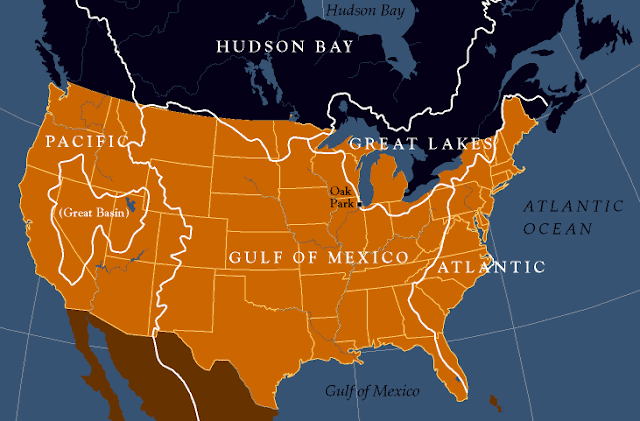A pleasing, bouncy melody paired with total downer lyrics — as songfacts.com put it, "One of the most depressing songs ever written, Alone Again (Naturally) tells a rather sad tale of a lonely, suicidal man being left at the altar and then telling the listener about the death of his parents".
Swell. Thanks, Gilbert.
However I do like the song and never switch stations when it comes on, and the lyrics are well-written and creative but difficult to focus on. Just let the pleasant melody and flow of the song wash over you and don’t listen too closely.
Despite that oddity, in 1971 the song hit #1 in the US and stayed there for six weeks — a pretty long run as these things go — and ended up the second most popular song of the entire year behind American Pie by Don McLean.
It has since been recorded by over 100 artists and used in many movies, although O’Sullivan goes to great lengths to protect the integrity of the song by not allowing it to be used in commercials or karaoke due to the serious nature of the subject matter.
Many surmised that the song was autobiographical, but he says “Everyone wants to know if it's an autobiographical song, based on my father's early death. Well, the fact of the matter is, I didn't know my father very well, and he wasn't a good father anyway. He didn't treat my mother very well.”
The first verse and chorus:
In a little while from now
If I'm not feeling any less sorrow
I promise myself to treat myself and visit a nearby tower
And climbing to the top will throw myself off
In an effort to make it it clear to who-
ever what it's like when you're shattered
Left standing in the lurch at a church
Where people are saying, My God, that’s tough she stood him up
No point in us remaining
We may as well go home
As I did on my own
Alone again, naturally
The story actually gets a little worse from there, as he recounts the death of his father and how it left his mother lonely. I’ll spare you the details, although again, one of the saving graces of this song is the quality of the writing, which verges on poetry at times.
Musically it goes into a nice bridge at 1:30 followed by a classical guitar solo about 45 seconds long, repeating the melody of the verse and chorus. While most songs use a similar format, in this song that little break from the lyrics is welcome indeed.
One interesting fact about this song is that a court case in 1992 set the legal standard going forward for sampling other people’s work, requiring permission to use samples of songs.












